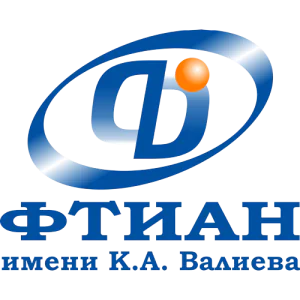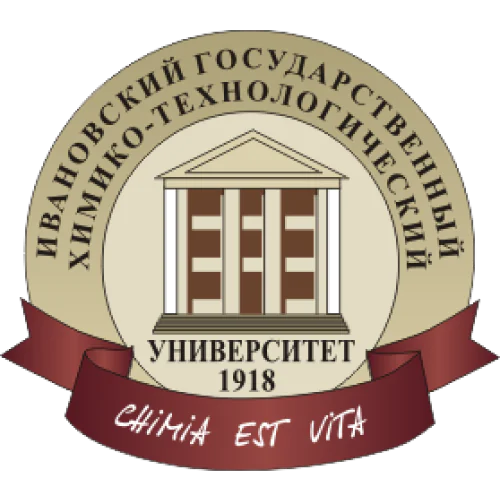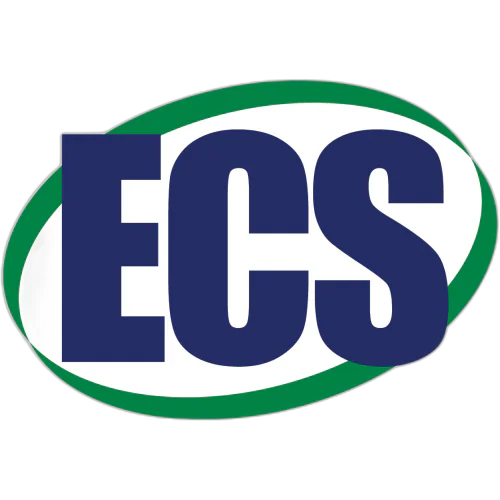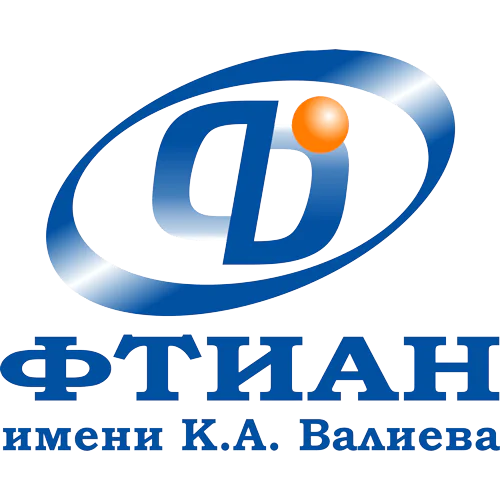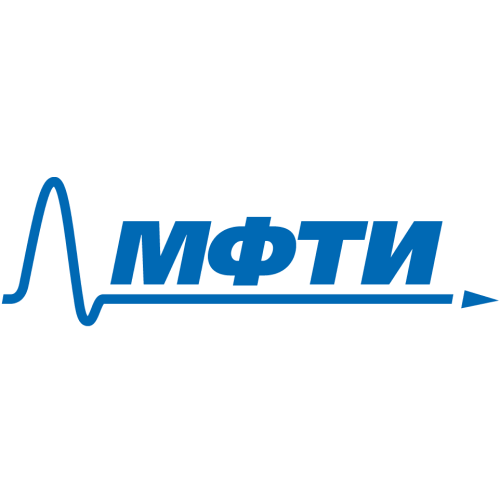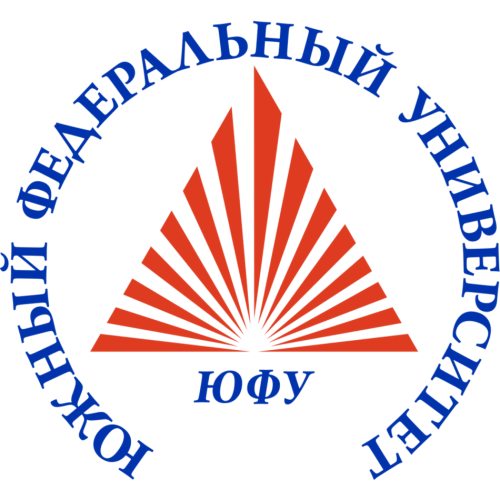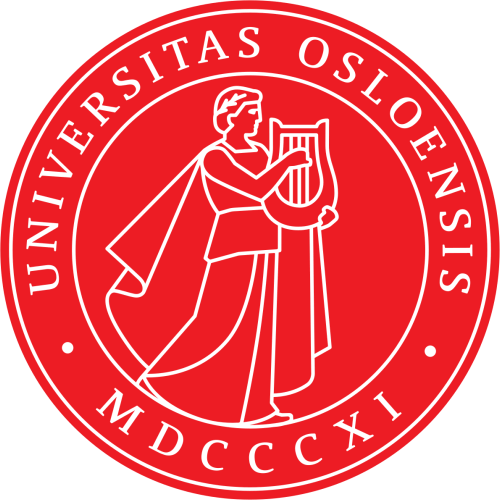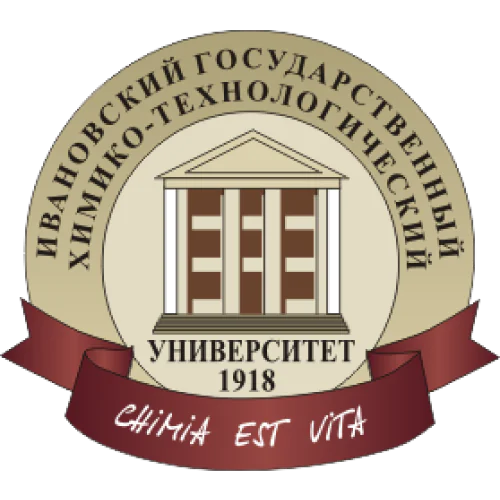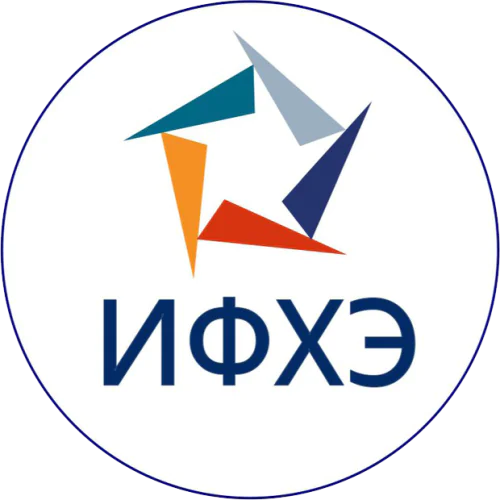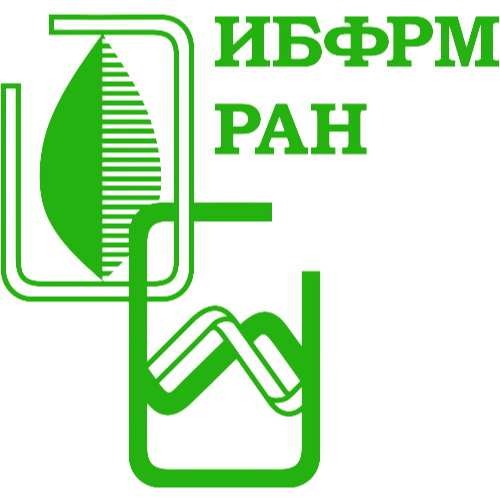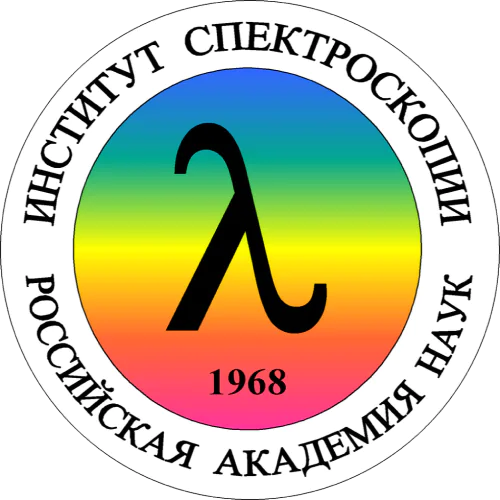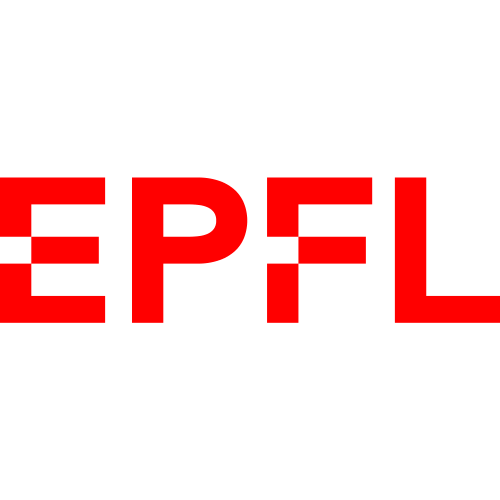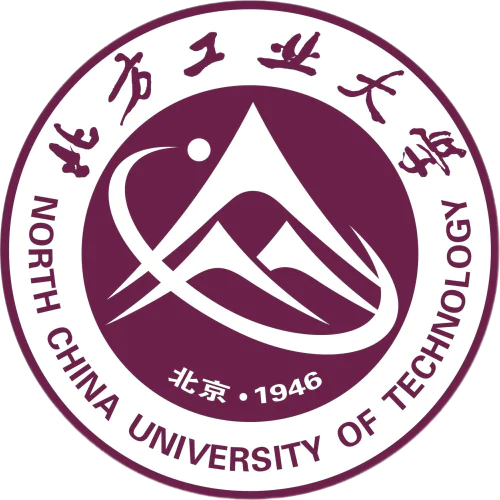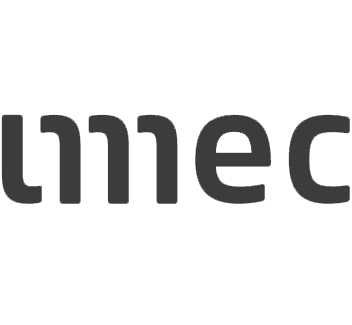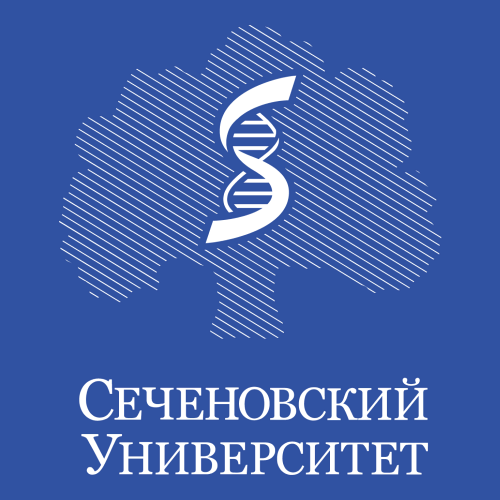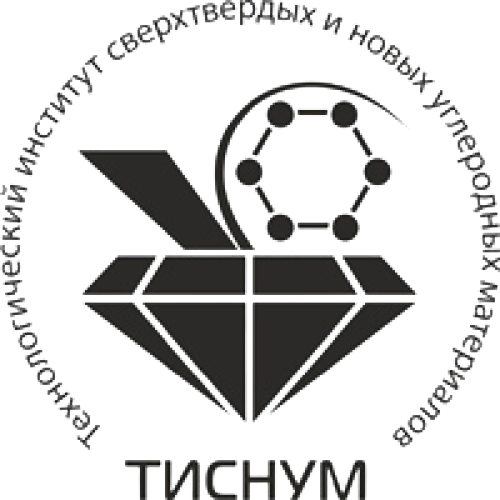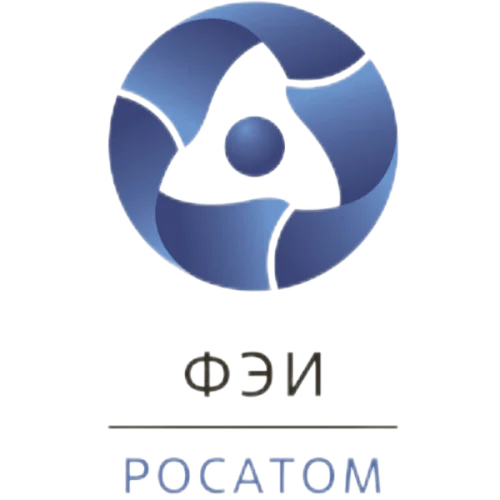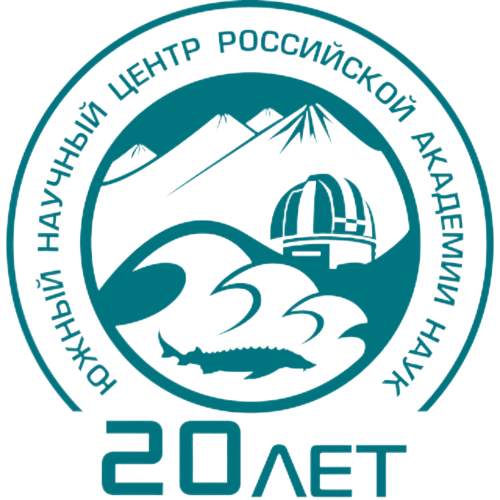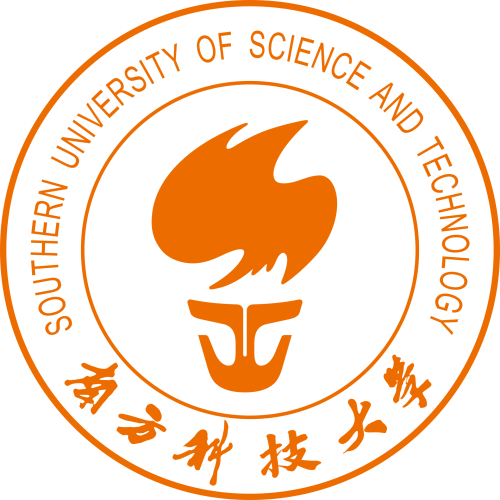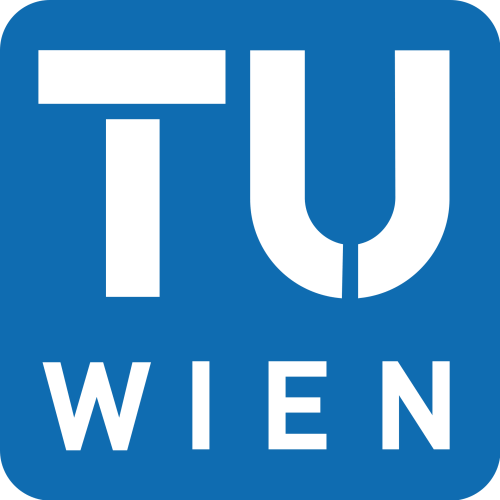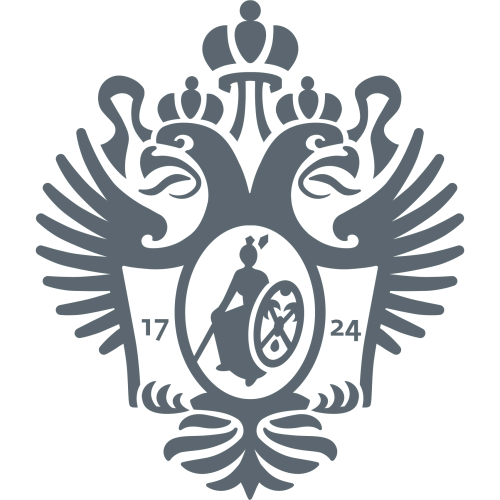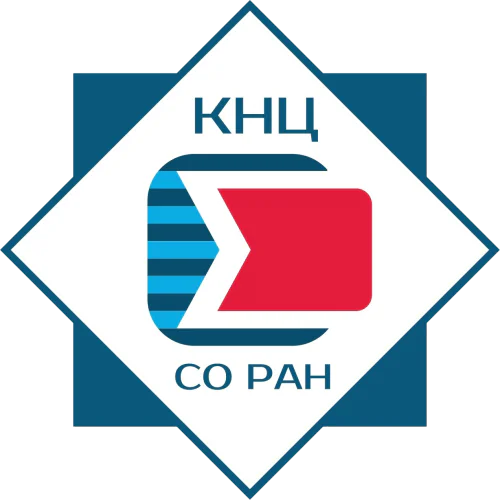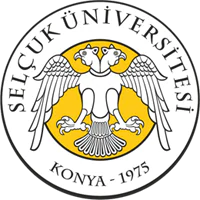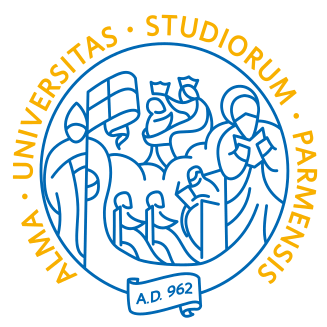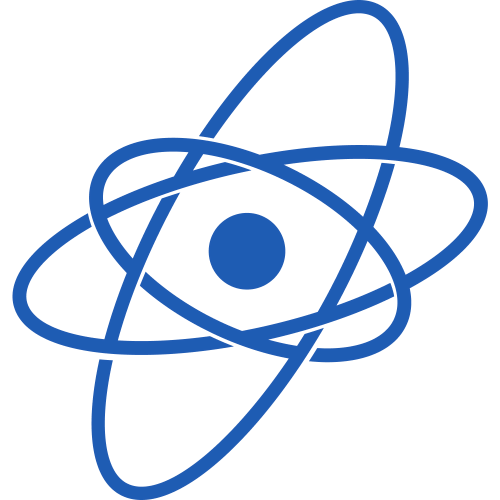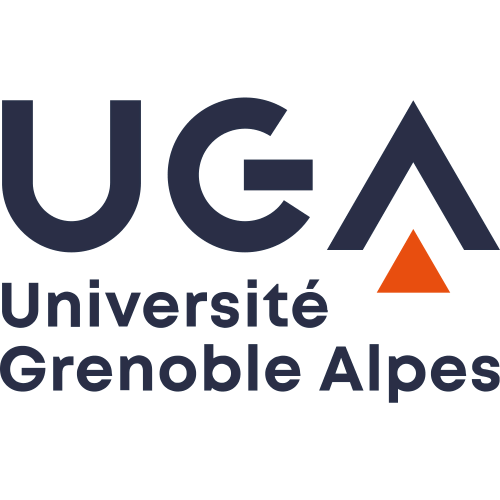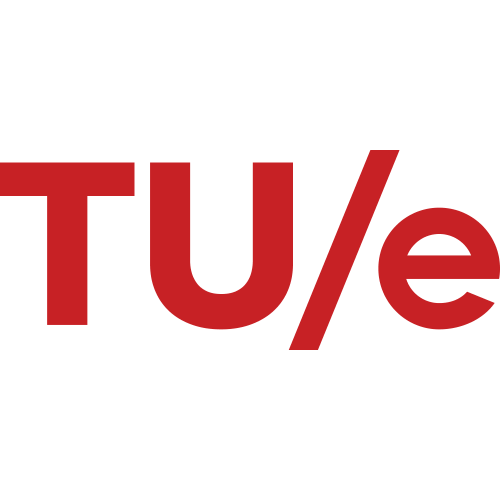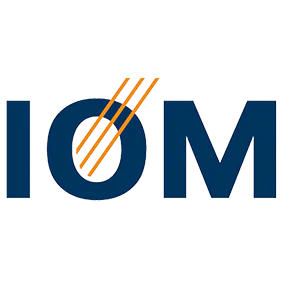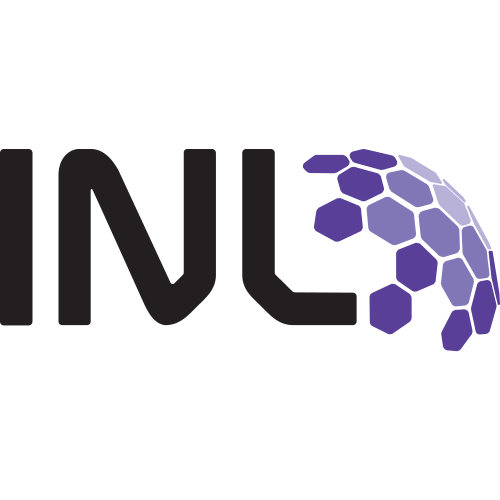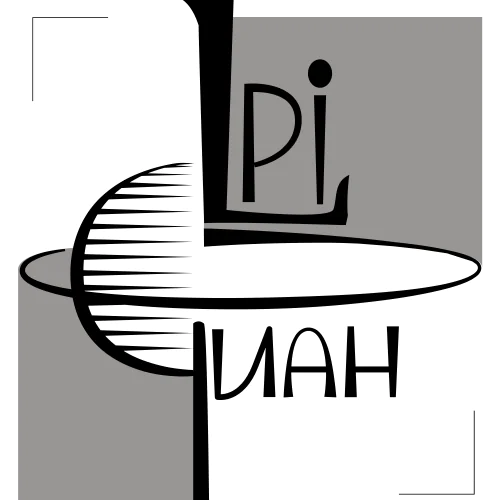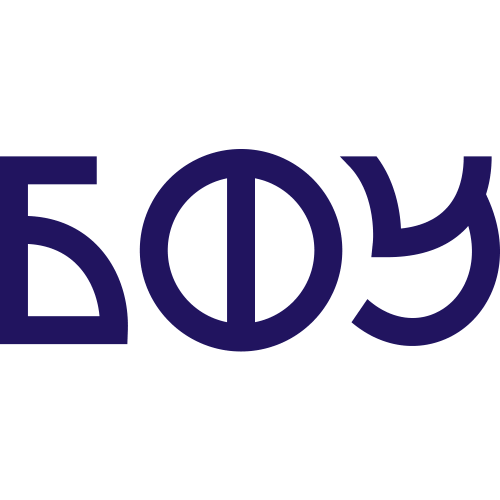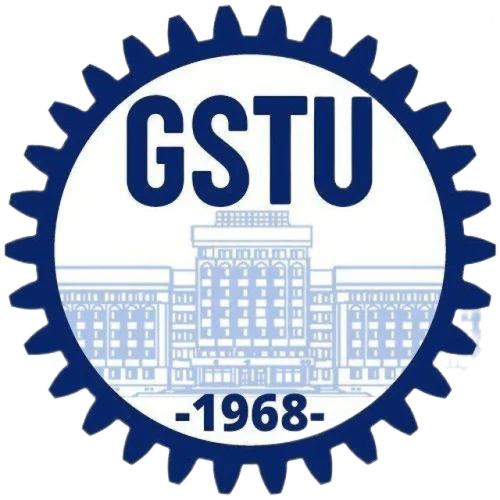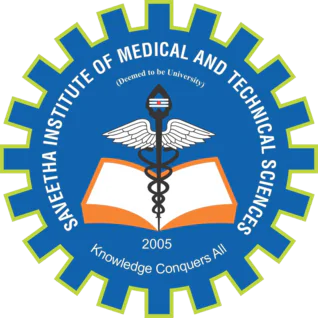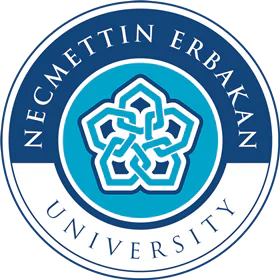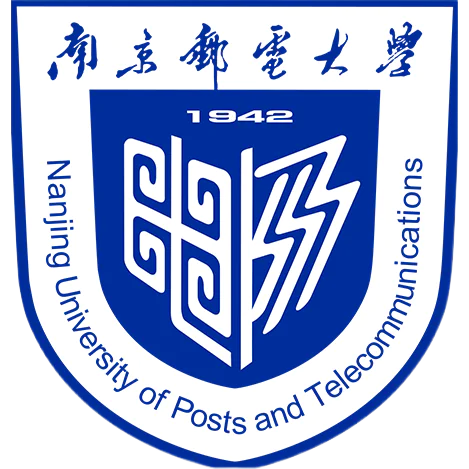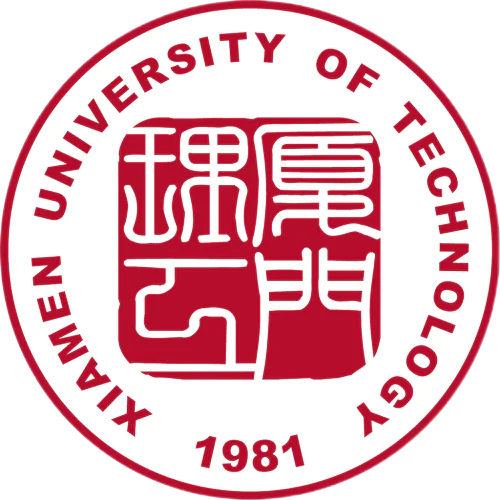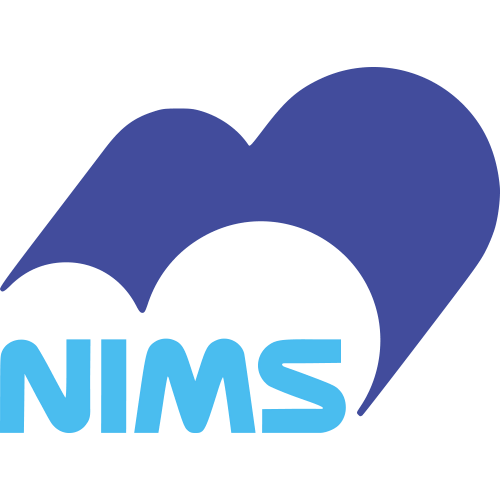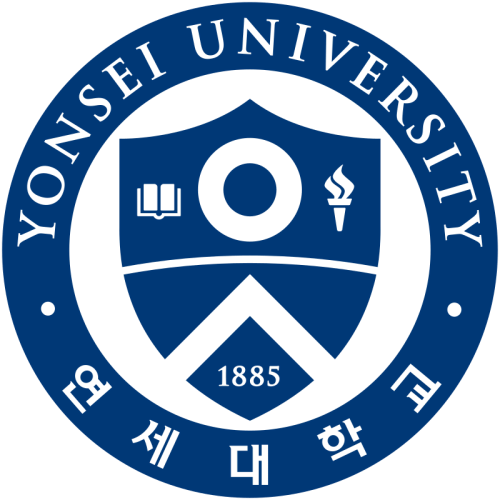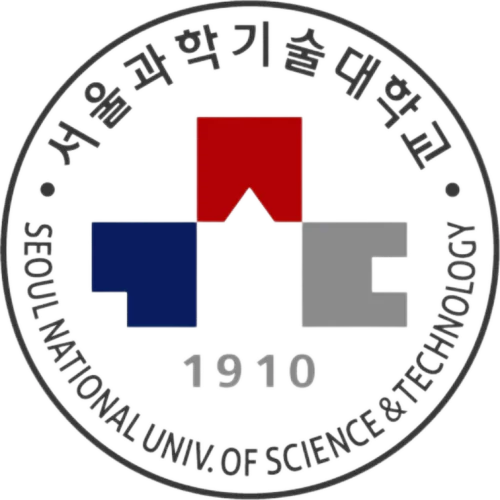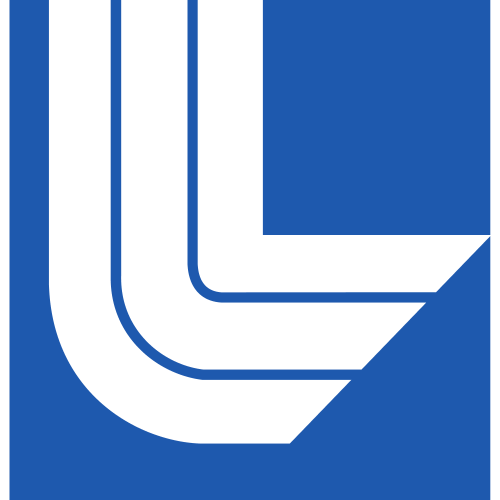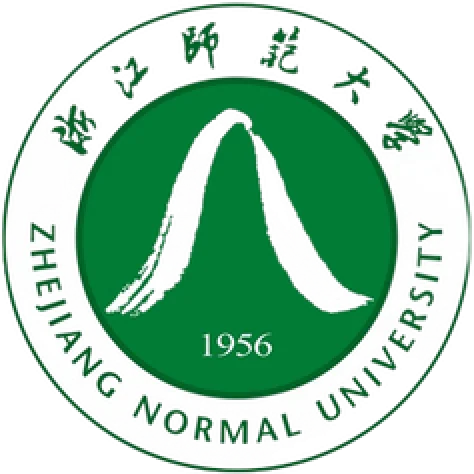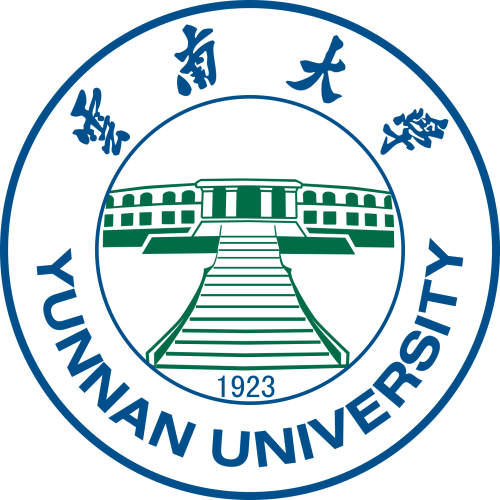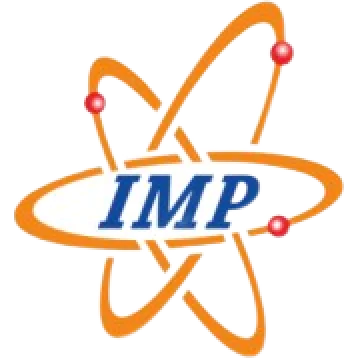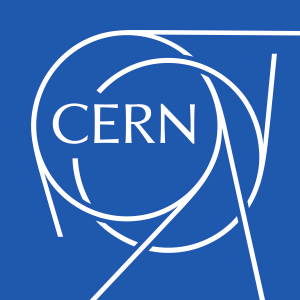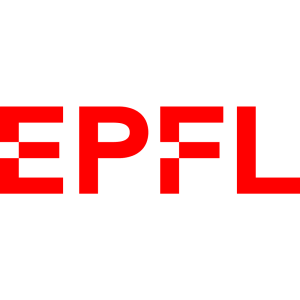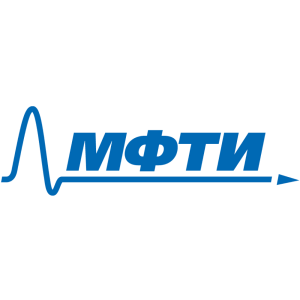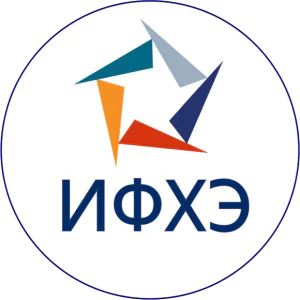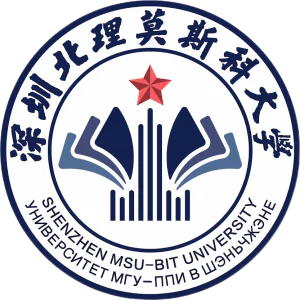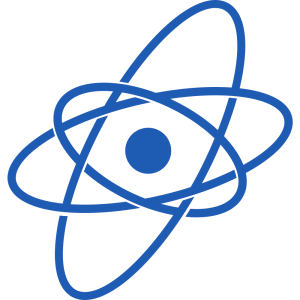
Andrew V Miakonkikh
PhD in Physics and Mathematics
🥼
🥼
Andrew can become your supervisor
If you would like to work under his/her guidance, please write a message or contact him/her on social media.
Authorization required.
🤝
🤝
Andrew is looking for opportunities for scientific collaboration
If you would like to do joint research with him/her, write a message or contact him/her on social media.
Authorization required.
Publications
146
Citations
594
h-index
13
Education
Moscow Institute of Physics and Technology
2006 — 2009,
Postgraduate, Faculty of Physical and Quantum Electronics
New Economic School
2005 — 2007,
Master
Moscow Institute of Physics and Technology
2004 — 2006,
Master, Faculty of Physical and Quantum Electronics
Moscow Institute of Physics and Technology
2000 — 2004,
Bachelor, Faculty of Physical and Quantum Electronics
Dissertations
2024,
Doctorate , Твердотельная электроника, радиоэлектронные компоненты, микро - и нано -электроника , приборы на квантовых эффектах,
05.27.01
Found
Nothing found, try to update filter.
Found
Nothing found, try to update filter.
Found
Nothing found, try to update filter.
Total publications
146
Total citations
594
Citations per publication
4.07
Average publications per year
7.3
Average coauthors
4.9
Publications years
2006-2025 (20 years)
h-index
13
i10-index
22
m-index
0.65
o-index
20
g-index
17
w-index
2
Metrics description
h-index
A scientist has an h-index if h of his N publications are cited at least h times each, while the remaining (N - h) publications are cited no more than h times each.
i10-index
The number of the author's publications that received at least 10 links each.
m-index
The researcher's m-index is numerically equal to the ratio of his h-index to the number of years that have passed since the first publication.
o-index
The geometric mean of the h-index and the number of citations of the most cited article of the scientist.
g-index
For a given set of articles, sorted in descending order of the number of citations that these articles received, the g-index is the largest number such that the g most cited articles received (in total) at least g2 citations.
w-index
If w articles of a researcher have at least 10w citations each and other publications are less than 10(w+1) citations, then the researcher's w-index is equal to w.
Top-100
Fields of science
Journals
Citing journals
Publishers
|
5
10
15
20
25
30
35
40
45
|
|
|
Pleiades Publishing
41 publications, 28.08%
|
|
|
IOP Publishing
21 publications, 14.38%
|
|
|
Elsevier
15 publications, 10.27%
|
|
|
SPIE-Intl Soc Optical Eng
13 publications, 8.9%
|
|
|
MDPI
11 publications, 7.53%
|
|
|
AIP Publishing
4 publications, 2.74%
|
|
|
American Vacuum Society
4 publications, 2.74%
|
|
|
Springer Nature
2 publications, 1.37%
|
|
|
Wiley
1 publication, 0.68%
|
|
|
American Chemical Society (ACS)
1 publication, 0.68%
|
|
|
EDP Sciences
1 publication, 0.68%
|
|
|
Royal Society of Chemistry (RSC)
1 publication, 0.68%
|
|
|
Optica Publishing Group
1 publication, 0.68%
|
|
|
Ivanovo State University of Chemistry and Technology
1 publication, 0.68%
|
|
|
American Physical Society (APS)
1 publication, 0.68%
|
|
|
Sumy State University
1 publication, 0.68%
|
|
|
Social Science Electronic Publishing
1 publication, 0.68%
|
|
|
5
10
15
20
25
30
35
40
45
|
Organizations from articles
Countries from articles
|
20
40
60
80
100
120
140
|
|
|
Russia
|
Russia, 130, 89.04%
Russia
130 publications, 89.04%
|
|
Country not defined
|
Country not defined, 17, 11.64%
Country not defined
17 publications, 11.64%
|
|
USA
|
USA, 10, 6.85%
USA
10 publications, 6.85%
|
|
China
|
China, 5, 3.42%
China
5 publications, 3.42%
|
|
Norway
|
Norway, 5, 3.42%
Norway
5 publications, 3.42%
|
|
Belarus
|
Belarus, 4, 2.74%
Belarus
4 publications, 2.74%
|
|
Republic of Korea
|
Republic of Korea, 4, 2.74%
Republic of Korea
4 publications, 2.74%
|
|
Singapore
|
Singapore, 3, 2.05%
Singapore
3 publications, 2.05%
|
|
Belgium
|
Belgium, 2, 1.37%
Belgium
2 publications, 1.37%
|
|
Switzerland
|
Switzerland, 2, 1.37%
Switzerland
2 publications, 1.37%
|
|
Germany
|
Germany, 1, 0.68%
Germany
1 publication, 0.68%
|
|
Portugal
|
Portugal, 1, 0.68%
Portugal
1 publication, 0.68%
|
|
Austria
|
Austria, 1, 0.68%
Austria
1 publication, 0.68%
|
|
20
40
60
80
100
120
140
|
Citing organizations
Citing countries
- We do not take into account publications without a DOI.
- Statistics recalculated daily.
Data by ORCID

Coatings
(9)

Micromachines
(7)

Crystals
(4)

Nanomaterials
(4)

Energies
(3)

Thin Solid Films
(1)

Sensors
(1)

Processes
(1)

Solar
(1)

Electrochem
(1)

Optics
(1)

Photonics
(1)
This section displays the profiles of scientists registered on the platform. To display the full list, invite your colleagues to register.
Владимир Федорович Лукичев, Андрей Валерьевич Мяконьких, Александр Егеньевич Рогожин, Константин Васильевич Руденко, Юрий Федорович Семин
RU2633894C1,
2017
Сергей Николаевич Аверкин, Александр Павлович Антипов, Владимир Федорович Лукичев, Андрей Валерьевич Мяконьких, Константин Васильевич Руденко, Алексей Анатольевич Рылов, Юрий Федорович Семин
RU2691758C1,
2019
Сергей Николаевич Аверкин, Александр Павлович Антипов, Владимир Федорович Лукичев, Андрей Валерьевич Мяконьких, Константин Васильевич Руденко, Алексей Анатольевич Рылов, Юрий Федорович Семин
RU2785367C1,
2022
Сергей Николаевич Аверкин, Виталий Олегович Кузьменко, Владимир Федорович Лукичев, Андрей Валерьевич Мяконьких, Константин Васильевич Руденко, Юрий Федорович Семин
RU2796239C9,
2023




